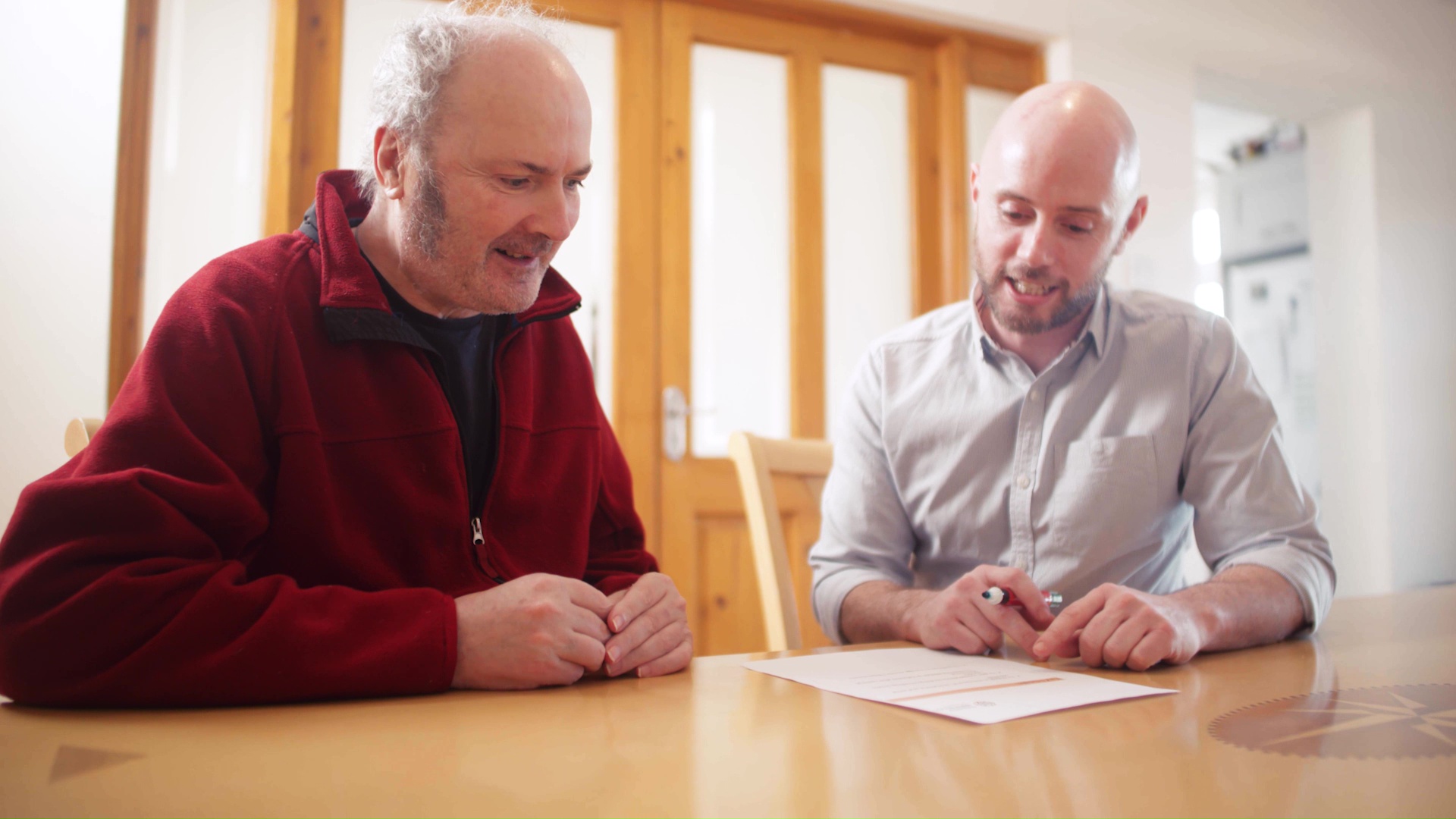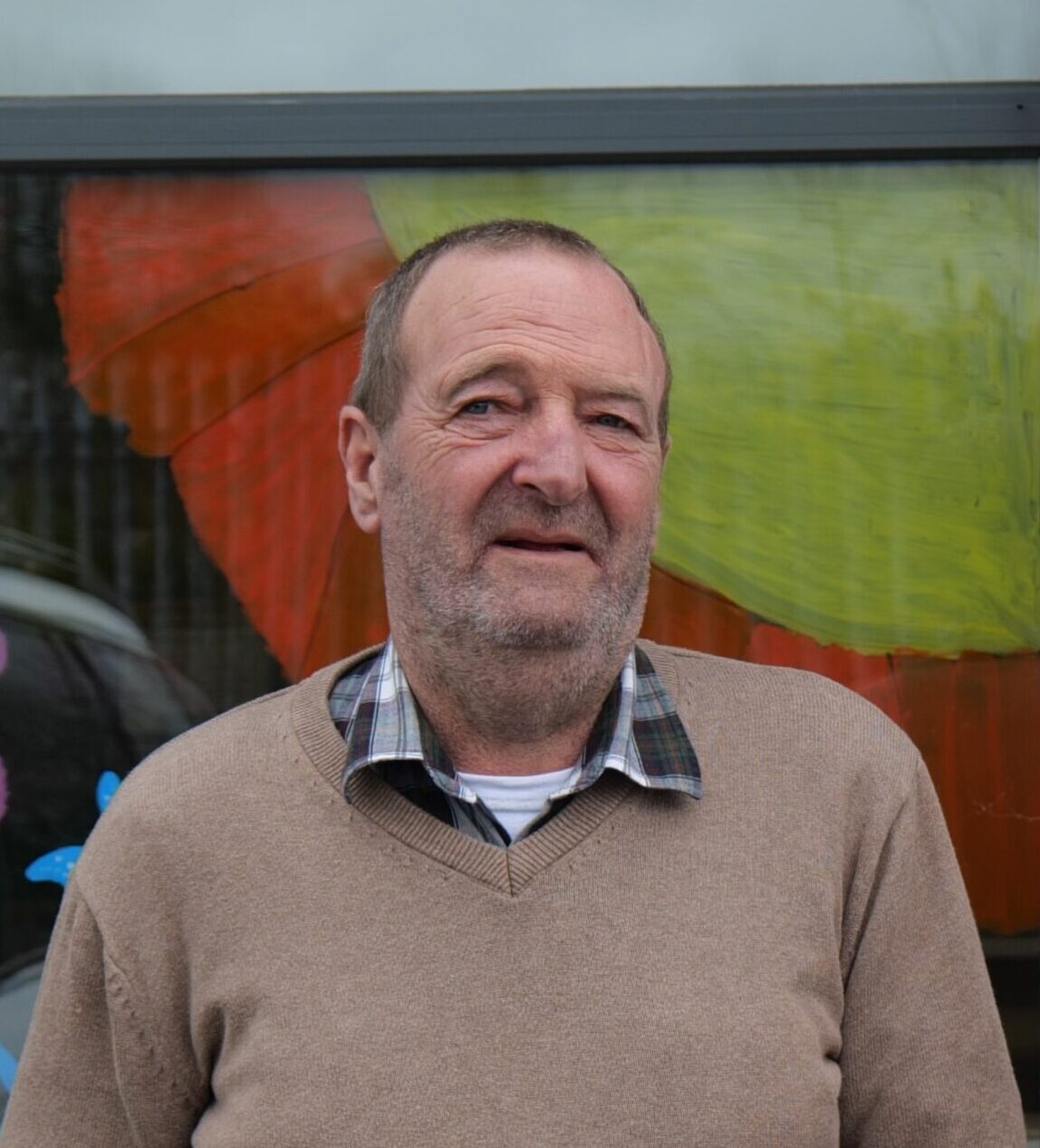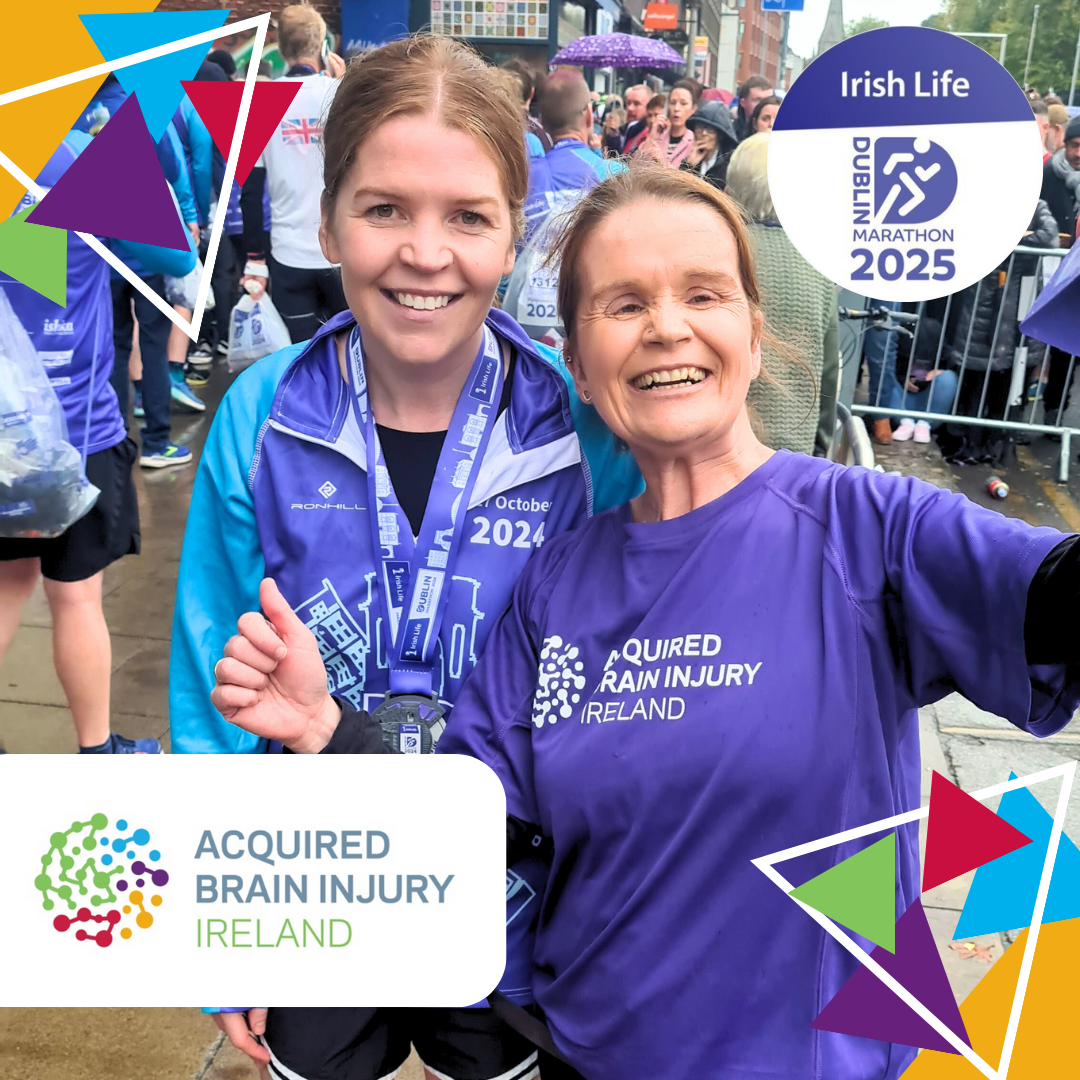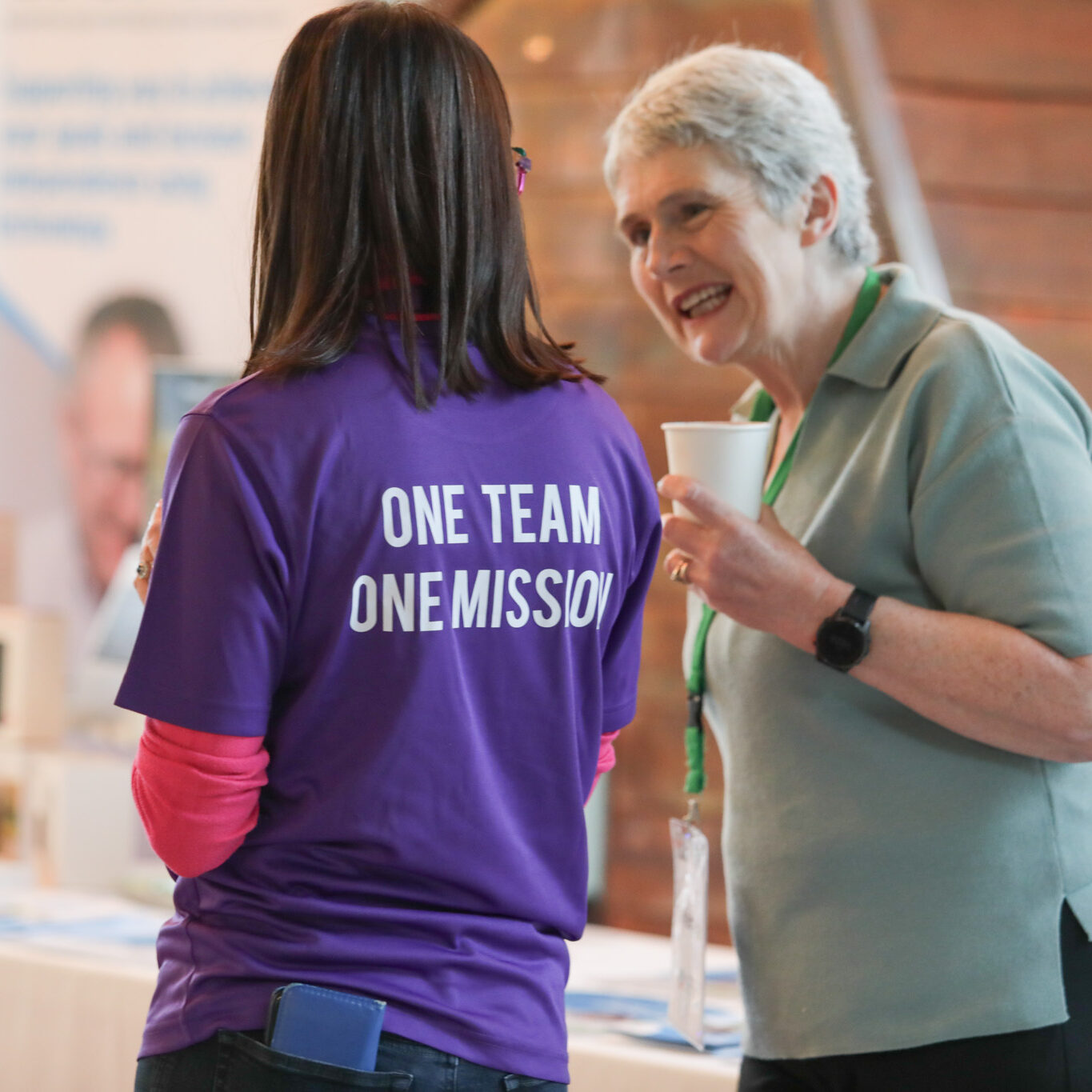Understanding Brain Injury
Brain injury doesn’t just affect the person who acquires it. It impacts the lives of their family, friends and loved ones too, as they come to terms with its physical, psychological and emotional effects.
We’re here to help you understand brain injury.




 Acquired Brain Injury Ireland calls for €2m in Budget 2026 to fund a national Brain Injury Case Management Service
Acquired Brain Injury Ireland calls for €2m in Budget 2026 to fund a national Brain Injury Case Management Service New book offers lifeline for families affected by acquired brain injury
New book offers lifeline for families affected by acquired brain injury Strategies for Education for Students (aged 16+) with acquired brain injury
Strategies for Education for Students (aged 16+) with acquired brain injury Irish Life Dublin Marathon 2025
Irish Life Dublin Marathon 2025


